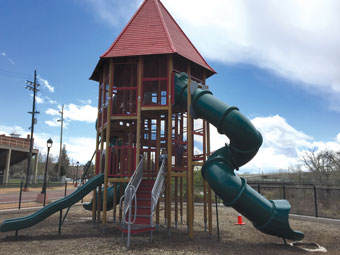Women now make up nearly half of the workforce, according to the Bureau of Labor Statistics, and nearly three quarters of those women have young children, the U.S. Department of Labor says.
But the workplace can still be a hostile environment for a woman trying to balance a career and a family. Women still earn only $0.79 for every dollar that men make, the DOL says, and they have far less upward mobility, as evidenced by the fact that only 4 percent of S&P 500 companies’ chief executives are female.
“Such obvious inequality has spawned a great deal of debate about gender roles in a shifting socioeconomic environment,” says WalletHub, a resource for financial and lifestyle research. “Workplace inequality is important not only in the spirit of a merit-based economy but also for deeply ingrained social reasons. For instance, should women have to choose between career and family?”
“The real question, however, is what we’re doing about this fundamental problem. Progress appears to be taking shape at different rates across the nation. Not only do parental leave policies and other legal-support systems vary by state, but the quality of infrastructure — from cost-effective day care to public schools — is also far from uniform as well,” WalletHub adds.
To show where working women face the biggest challenges, WalletHub rated the states on such things as child care costs and gender pay gaps. Following are the 10 states that have the furthest to go to create a level playing field for women and men, listed in reverse order. The entire report can be found here.
No. 10 New Mexico

New Mexico ranked near the bottom for child care and professional opportunities.








